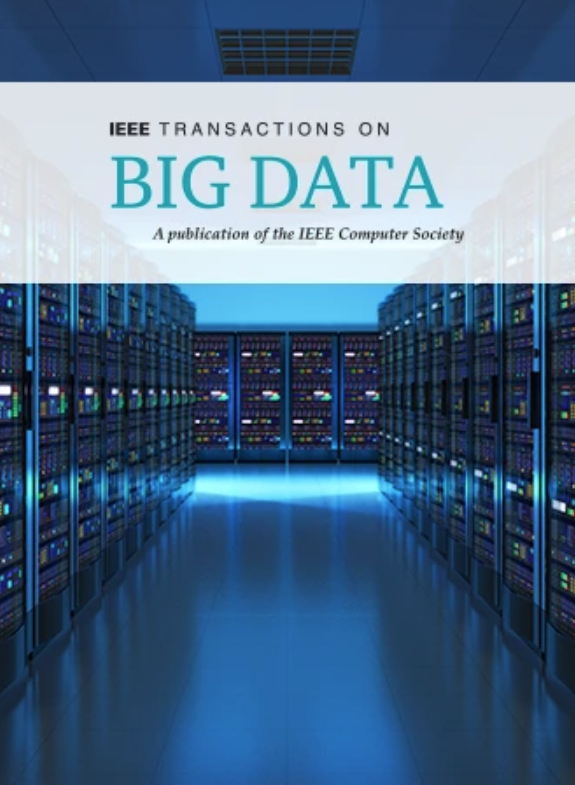残差学习的自知识蒸馏:通过跨层一致性增强神经网络
IF 5.7
3区 计算机科学
Q1 COMPUTER SCIENCE, INFORMATION SYSTEMS
引用次数: 0
摘要
知识蒸馏是一种广泛应用于将知识从大型预训练教师网络转移到小型学生网络的技术。然而,训练复杂的教师模型需要大量的计算资源和存储空间。为了解决这个问题,一个不断发展的研究领域,被称为自我知识蒸馏(Self-KD),旨在通过利用其自身的潜在知识来提高神经网络的性能。尽管有潜力,现有的Self-KD方法往往难以有效地提取和利用模型的暗知识。在这项工作中,我们发现了特征层和输出层之间的一致性问题,并提出了一种新的自知识蒸馏残差学习(RSKD)方法。我们的方法通过使学生模型的最后一个特征层学习伪教师和学生输出之间的残差来解决这个问题。此外,我们扩展了RSKD,允许学生模型的每个中间特征层学习伪教师和学生的相应深层特征之间的残差。在各种视觉数据集上的大量实验证明了所提出方法的有效性,其优于最先进的基线。本文章由计算机程序翻译,如有差异,请以英文原文为准。
Residual Learning for Self-Knowledge Distillation: Enhancing Neural Networks Through Consistency Across Layers
Knowledge distillation is widely used technique to transfer knowledge from a large pretrained teacher network to a small student network. However, training complex teacher models requires significant computational resources and storage. To address this, a growing area of research, known as self-knowledge distillation (Self-KD), aims to enhance the performance of a neural network by leveraging its own latent knowledge. Despite its potential, existing Self-KD methods often struggle to effectively extract and utilize the model's dark knowledge. In this work, we identify a consistency problem between feature layer and output layer, and propose a novel Self-KD approach called Residual Learning for Self-Knowledge Distillation (RSKD). Our method addresses this issue by enabling the last feature layer of the student model learn the residual gap between the outputs of the pseudo-teacher and the student. Additionally, we extend RSKD by allowing each intermediate feature layer of the student model to learn the residual gap between the corresponding deeper features of the pseudo-teacher and the student. Extensive experiments on various visual datasets demonstrate the effectiveness of the proposed method, which outperforms the state-of-the-art baselines.
求助全文
通过发布文献求助,成功后即可免费获取论文全文。
去求助
来源期刊

IEEE Transactions on Big Data
Multiple-
CiteScore
11.80
自引率
2.80%
发文量
114
期刊介绍:
The IEEE Transactions on Big Data publishes peer-reviewed articles focusing on big data. These articles present innovative research ideas and application results across disciplines, including novel theories, algorithms, and applications. Research areas cover a wide range, such as big data analytics, visualization, curation, management, semantics, infrastructure, standards, performance analysis, intelligence extraction, scientific discovery, security, privacy, and legal issues specific to big data. The journal also prioritizes applications of big data in fields generating massive datasets.
 求助内容:
求助内容: 应助结果提醒方式:
应助结果提醒方式:


